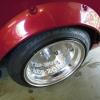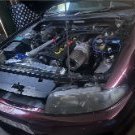Disadvantages Of Wolf 3d Ecu's?
Announcements
-
Similar Content
-
Latest Posts
-
By SLVRBAKSLPZ · Posted
All, What's the recommended torque for the 1/2 head studs for RB30 twin cam conversion with RB26 head? -
also, we need to know which solution worked....
-
Even a strong magnet underneath will let you use it to chase the one inside to the drain hole.
-






Recommended Posts
Create an account or sign in to comment
You need to be a member in order to leave a comment
Create an account
Sign up for a new account in our community. It's easy!
Register a new accountSign in
Already have an account? Sign in here.
Sign In Now